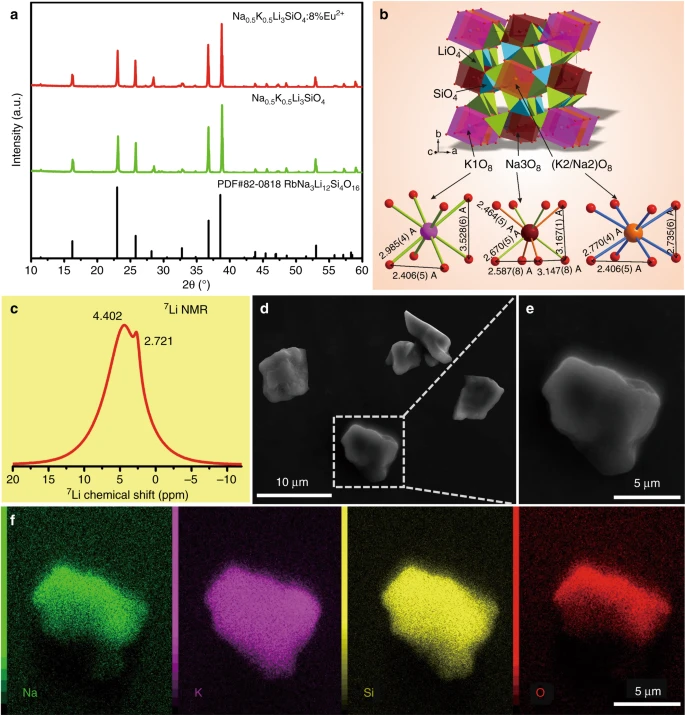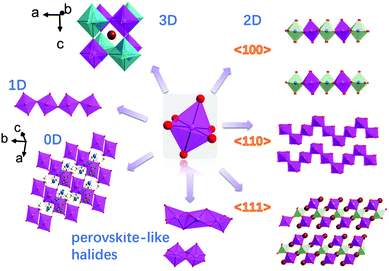J. Rare. Earth., 2019, 37(6), 565-572. https://www.sciencedirect.com/science/article/abs/pii/S1002072118308536

Phosphor-converted white light-emitting diode (LED) lighting has gained tremendous achievements since the invention of the InGaN blue LED by Nakamura et al., who won the Nobel Physics Prize in 2014. By far, a significant challenge comes from the thermal quenching (TQ) behavior of the present LED phosphors during the high-power LED operation or the updated laser lighting. But systematic research or review on the luminescence quenching character and/or how to realize thermally stable luminescence are lacking. Since TQ is an inherent property of phosphors, it can be diminished by different approaches. This review proceeds from the mechanism of TQ, summarizes previous researches on improving the thermal stability of LED phosphors and also discusses future research opportunities in this field. The developments of the phosphors with properties of high luminance and thermal stability, as well as the improved strategies involved, will benefit the basic researches and applications in high power lighting or high-luminance laser lighting.









